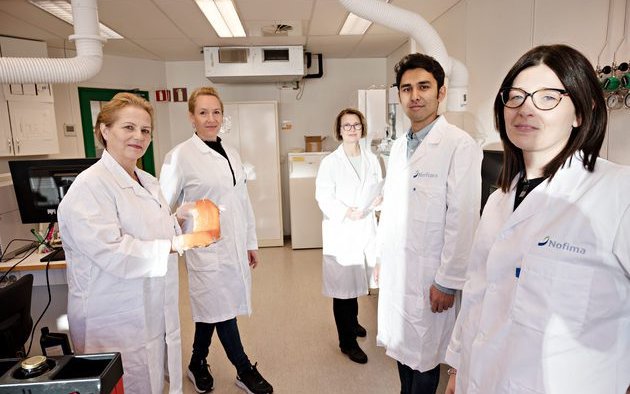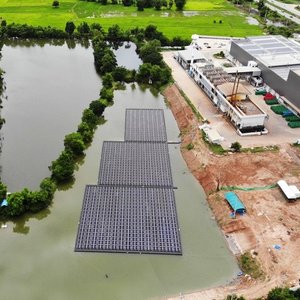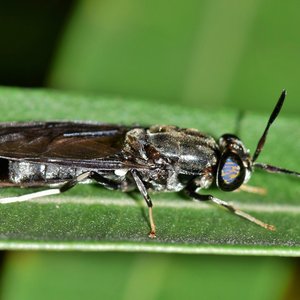There is now more of an understanding of why marine fatty acids are so important in the diet of salmon. Nofima scientists found that a high content of DHA contributes to a redder fillet and fewer unwanted dark spots, so-called melanin spots. These spots have to be cut away on the filleting line, and the fillet achieves a lower price.
The content of marine omega-3 has decreased over time with the introduction of plant-based ingredients. To minimize the negative effects of high plant content in feeds, researchers evaluated the benefits of increasing proportions of EPA and DHA.
“We have known for a long time that omega-3 affects color, but which omega-3 fatty acid has an effect and how is new,” said Nofima’s omega-3 scientist, Bente Ruyter. The latest findings from Nofima indicate that DHA actually enters the cells and regulates the synthesis of melanin.
When salmon get an inflammation of the muscle, immune cells, called macrophages, are attracted. These cells produce melanin, which causes dark spots in the fillet. Researchers conducted cell experiments in which they gave DHA to macrophages isolated from the salmon, and initial trials showed reduced melanin production in the cells.
The effect of DHA is also evident in a trial in which salmon were fed diets with low (1-1.3%), medium (1.6%) and high (3.5%) content of marine fatty acids. Salmon that received a higher content of marine fat had better fillet quality in terms of color and a lower occurrence of dark spots. While only 8.6% of farmed salmon fed on high marine fat diet had dark spots, around 20% and higher were found in the groups with diets with low and medium-high fatty acids content.
Nofima has reported in previous research that if the proportion of marine fat in the feed is around 1.6%, it is considered safe for fish. So far, little has been known about the benefits of including more than 2% in the feed. However, researchers can now answer this question. Salmon fed on a diet with 3.5% marine fatty acids throughout the entire sea phase in net-pens had significantly better growth, welfare, robustness and fillet quality compared to 1-1.6% levels of marine fatty acids.
“Our findings underline the importance of marine fats in maintaining good growth, robustness, welfare and fillet quality in salmon farmed in net-pens,” said Ruyter.
Ruyter emphasizes that marine fatty acids must not necessarily originate from fish oil. There are currently alternative sources of DHA that are suitable, and more are being developed by industry and researchers. Examples of such sources are microalgae, krill or genetically modified plants.
This project involved national and international research partners and industry, such as OptiHealth, SIS Balance and EX-spot, and was financed by the Norwegian Seafood Research Fund (FHF) and the Research Council of Norway.













